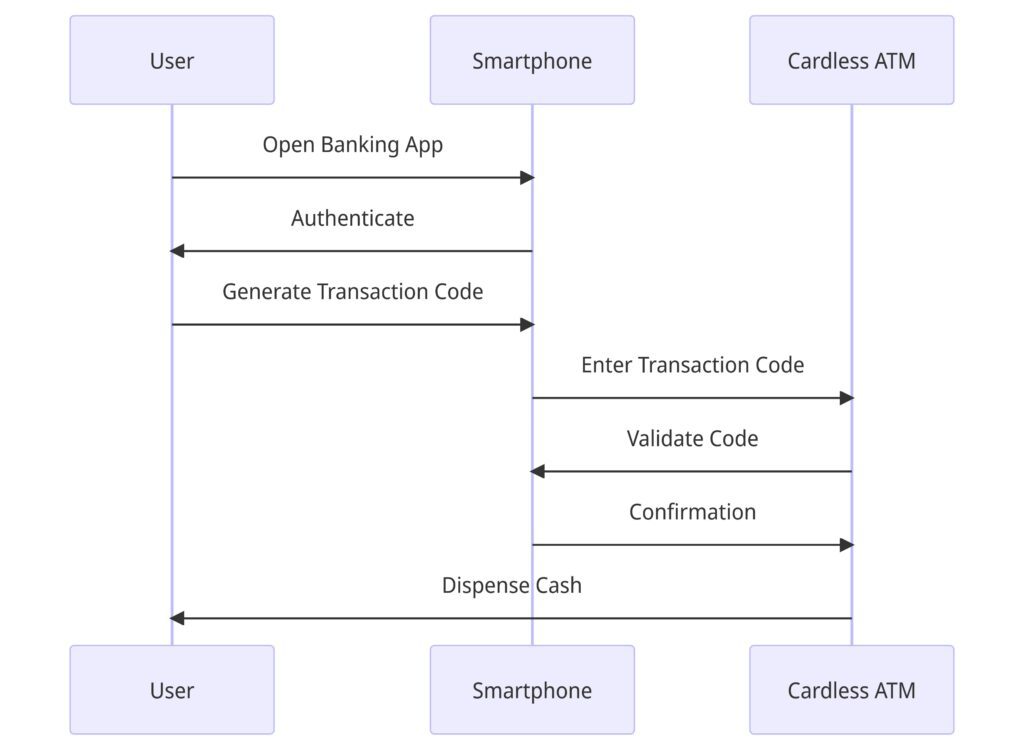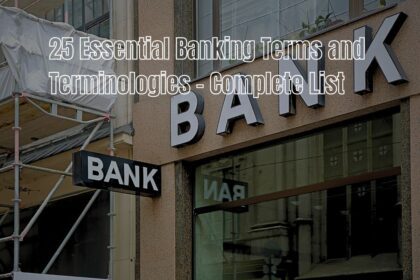In today’s rapidly evolving digital landscape, traditional banking methods are undergoing innovative transformations to enhance user convenience and security. One such advancement is the introduction of cardless ATMs meaning. These machines offer a secure and seamless way for individuals to access their funds without needing a physical debit or credit card. In this article, we will explore the mechanics behind cardless ATMs, their benefits, security features, and the steps involved in using them.
Understanding Cardless ATMs: A Modern Approach to Hassle-Free Banking
What are Cardless ATMs?
Cardless ATMs, as the name suggests, are automated teller machines that allow you to withdraw cash without needing a physical debit or credit card. This innovative approach is designed to provide a seamless banking experience, enabling users to access their funds securely and conveniently.
The Convenience of Cardless ATM Transactions
Easy Setup Process
To access a cardless ATM, users typically need to set up their banking app on their smartphone. This involves linking their bank account to the app and generating a unique code that will be used for the transaction. The setup process is straightforward and usually requires only a few simple steps.
Access Anytime, Anywhere
One of the major advantages of cardless ATM is the freedom to withdraw cash at any time and from any location. Whether you’re travelling, at work, or on the go, as long as you have your smartphone and an internet connection, you can access your funds without needing a physical card.
The Convenience of Cardless Transactions
Cardless ATMs offers several advantages, including:
- Convenience: Users can access funds even if they need to remember or misplace their cards.
- Enhanced Security: The risk of card skimming and cloning is eliminated without a physical card.
- Easy Setup: Users can link their bank accounts to their mobile apps for quick access.
- Emergency Access: Cardless ATMs provide a safety net during lost or stolen card situations.
How Do Cardless ATM Work?
Cardless ATMs rely on QR codes or one-time authorization codes to initiate transactions. Here’s how they work:
- User Authorization: The user logs into their mobile banking app and selects the cardless ATM option.
- Transaction Selection: The user chooses the type and amount of transaction (withdrawal, balance inquiry, etc.).
- Generating QR/Authorization Code: The app generates a QR or an authorization code for the transaction.
- ATM Interaction: The user scans the QR code or inputs the authorization code at the cardless ATM.
- Cash Withdrawal: Once verified, the ATM dispenses the requested amount.
Diagram of How Do Cardless ATMs Work?

The Security Measures in Place
Multi-Layered Authentication
Security is a top priority in banking, and cardless ATMs are no exception. These ATMs often utilize multi-layered authentication methods to ensure only authorized users can initiate transactions. This can include fingerprint recognition, facial recognition, or a combination of PIN and one-time passcodes.
Encryption and Data Protection
Transactions conducted through cardless ATM are encrypted to prevent unauthorized access to sensitive information. Additionally, the data stored within the banking app is protected using advanced encryption techniques, making it extremely difficult for cybercriminals to intercept and misuse the data.
Comparing Cardless ATMs to Traditional ATMs
| Aspect | Cardless ATMs | Traditional ATMs |
|---|---|---|
| Access Method | Smartphone | Debit/Credit Card |
| Security | High, due to authentication methods | Moderate, susceptible to card skimming |
| Convenience | Very convenient | Convenient |
| Accessibility | Widens accessibility | Accessibility depends on card presence |
| Dependency on Tech | Heavy | Less dependent on technology |
The Future of Banking: How Cardless ATMs are Shaping the Industry
Enhanced User Experience
Cardless ATM are at the forefront of enhancing the user experience in banking. Users can enjoy a more streamlined and efficient way of accessing their funds by eliminating the need to carry physical cards.
Financial Inclusion
One of the remarkable impacts of cardless ATMs is their potential to promote financial inclusion. Individuals needing easier access to traditional banking terms & services can now enjoy the convenience of cash withdrawals through these ATMs using just their smartphones.
Reduced Card Fraud
Traditional ATM transactions using physical cards are susceptible to card skimming and other fraudulent activities. HDFC Cardless Cash Withdrawal mitigate these risks by eliminating the physical card, making it significantly harder for fraudsters to carry out their schemes.
Conclusion
Cardless ATMs represent a significant leap in modern banking technology, offering unparalleled convenience and security. With the ability to initiate transactions using mobile apps and unique codes, users can now access their funds hassle-free, even without their physical cards.
FAQs
Q1: How secure are cardless ATMs?
Cardless ATMs use encryption, multi-layered authentication, and advanced data protection techniques to ensure robust security.
Q2: Can I use any banking app for cardless ATM transactions?
No, only specific banking apps that support cardless transactions can be used.
Q3: What should I do if my phone is lost or stolen?
Immediately contact your bank to turn off cardless transactions and prevent unauthorized access.
Q4: Are cardless transactions reversible?
If there is an issue with the transaction, banks can reverse cardless transactions.
Q5: Are cardless ATMs susceptible to hacking?
Cardless ATMs implement advanced security measures, but they are only partially immune like any technology. Regular updates and user vigilance are essential to minimize risks.










